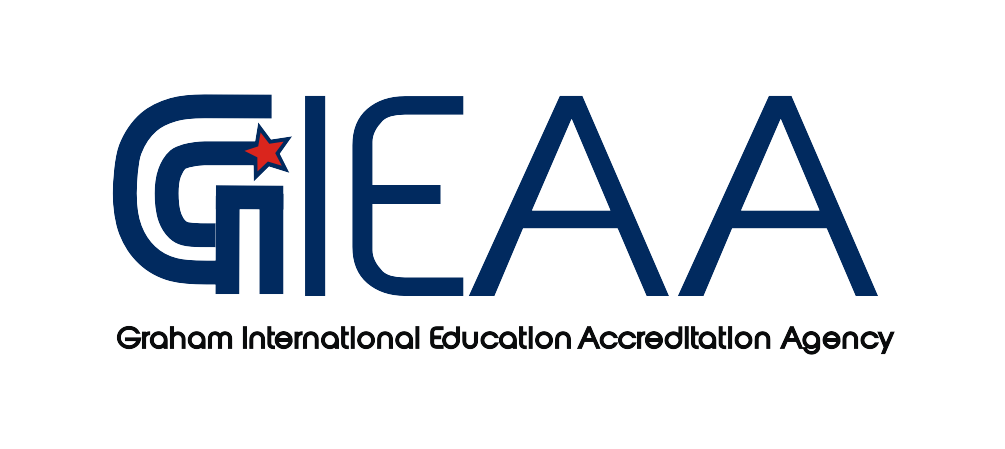Accreditation Mills: A Threat to Quality Education

In the realm of education, accreditation is a critical mechanism for ensuring that institutions meet established standards of quality, integrity, and academic rigor. However, the rise of accreditation mills threatens the credibility of legitimate educational institutions and the trust placed in accredited programs. Accreditation mills are fraudulent organizations that offer accreditation without conducting thorough evaluations, ultimately undermining the value of accredited degrees.
This article explains what accreditation mills are, why they pose a threat to global education, how to identify them, and where to find reliable resources for verifying legitimate accrediting bodies.
What Are Accreditation Mills?
Accreditation mills are entities that grant accreditation to educational institutions without performing the necessary evaluations and assessments required for genuine accreditation. Instead of ensuring that schools or programs meet rigorous academic standards, these organizations typically offer accreditation in exchange for a fee, often with little to no scrutiny.
Accreditation mills operate much like degree mills—organizations that sell fake degrees. While degree mills provide unearned degrees, accreditation mills legitimize unqualified institutions, allowing them to mislead students and employers about the quality of education provided.
The Dangers of Accreditation Mills
The existence of accreditation mills poses several risks:
1. Devaluation of Legitimate Degrees
Accreditation mills tarnish the reputation of accredited institutions by creating confusion about what constitutes real accreditation. Students who unknowingly earn degrees from institutions accredited by these mills may find their qualifications worthless, causing significant harm to their future educational and career prospects.
2. Harm to Students
Students who enroll in institutions accredited by these fraudulent bodies often pay high tuition fees for substandard education. Upon graduation, they may discover that their degrees are not recognized by employers or other educational institutions, effectively wasting their time, money, and effort.
3. Erosion of Trust in Higher Education
Accreditation is designed to protect the public by ensuring that higher education institutions meet minimum quality standards. When accreditation mills flourish, public trust in the accreditation system is eroded, making it harder for legitimate institutions to differentiate themselves from fraudulent ones.
4. International Impact
Accreditation mills also exploit the growing international demand for education. Students from other countries may be unfamiliar with local accreditation systems and are especially vulnerable to being deceived by fake accrediting bodies. This can have long-lasting effects on their ability to transfer credits, seek employment, or pursue further studies abroad.
How to Spot an Accreditation Mill
It can be difficult to distinguish legitimate accrediting bodies from fraudulent ones, but there are several warning signs to look out for:
1. Lack of Transparency
Accreditation mills often operate without transparency, failing to provide clear information about their evaluation processes, standards, or qualifications of their reviewers. Legitimate accrediting bodies are open about their processes and the criteria they use to evaluate institutions.
2. Accreditation Without Evaluation
One of the most obvious signs of an accreditation mill is the lack of rigorous evaluation. Genuine accreditation involves detailed assessments, including site visits, peer reviews, and evaluations of faculty qualifications and curricula. Accreditation mills, on the other hand, grant accreditation in exchange for a fee, without conducting a thorough review of the institution.
3. Lack of Recognition by Legitimate Bodies
Accreditation mills are not recognized by legitimate accrediting bodies, government organizations, or international quality assurance networks. Legitimate accrediting agencies often have memberships in reputable organizations like the Council for Higher Education Accreditation (CHEA) in the U.S. or the International Network for Quality Assurance Agencies in Higher Education (INQAAHE).
4. High-Pressure Sales Tactics
Fraudulent accrediting organizations may use aggressive sales tactics, pushing institutions to pay for accreditation quickly. Legitimate accrediting bodies do not use high-pressure tactics, and they follow well-defined, deliberate processes.
5. No Peer Review
Peer review is a hallmark of legitimate accreditation, where independent experts from relevant fields evaluate the institution. Accreditation mills typically skip this critical step, which further weakens their credibility.
6. Promising ‘Permanent’ Accreditation
Accreditation mills often grant accreditation for life, with no requirement for periodic reviews. Genuine accreditation agencies require institutions to undergo periodic re-evaluations to ensure that they continue to meet evolving standards.
7. Quick and Easy Accreditation
If an institution is granted accreditation in a very short period with little effort or documentation, it is likely dealing with an accreditation mill. Legitimate accreditation processes take time and involve comprehensive evaluations.
How to Verify Legitimate Accrediting Bodies
To ensure that an accrediting or quality assurance body is legitimate, you can follow these steps:
- Check Membership with Reputable Organizations: Many legitimate accrediting and quality assurance bodies are part of global networks such as:
- CHEA (Council for Higher Education Accreditation)
- INQAAHE (International Network for Quality Assurance Agencies in Higher Education)
- APQN (Asia-Pacific Quality Network)
- AfriQAN (The African Quality Assurance Network) (The African Quality Assurance Network)
- ANQAHE (Arab Network for Quality Assurance in Higher Education)
- CEENQA (Central and Eastern European Network of Quality Assurance Agencies in Higher Education)
- Consult Government Databases: In many countries, government agencies maintain databases of recognized accrediting bodies. For example, in the U.S., the U.S. Department of Education and CHEA maintain lists of recognized accrediting agencies.
- Look for International Recognition: Many legitimate accreditation bodies are recognized globally. For instance, institutions accredited by agencies listed in the European University Association (EUA) or the International Association of Universities (IAU) often meet global standards.
- Contact the Accrediting Body: If you are uncertain, contact the accrediting body directly to ask questions about their process, standards, and whether they are recognized by other reputable organizations. Legitimate accrediting bodies should be transparent and responsive.
Further Reading and Resources
For more information on how to identify accreditation mills and avoid falling victim to their scams, consult the following resources:
In Conclusion…
Accreditation mills present a serious threat to the integrity of higher education by offering fake accreditation without proper evaluation. These organizations deceive students, institutions, and employers, ultimately undermining the quality and reputation of higher education. By understanding the warning signs and verifying accrediting bodies through trusted sources like INQAAHE and CHEA, institutions and students can avoid falling prey to these fraudulent organizations.
At GIEAA, we are committed to maintaining the highest standards of quality and integrity in global education, ensuring that accredited institutions provide meaningful, credible qualifications that benefit students and society.
Join us to achieve the highest internationally approved standards of excellence in education.
